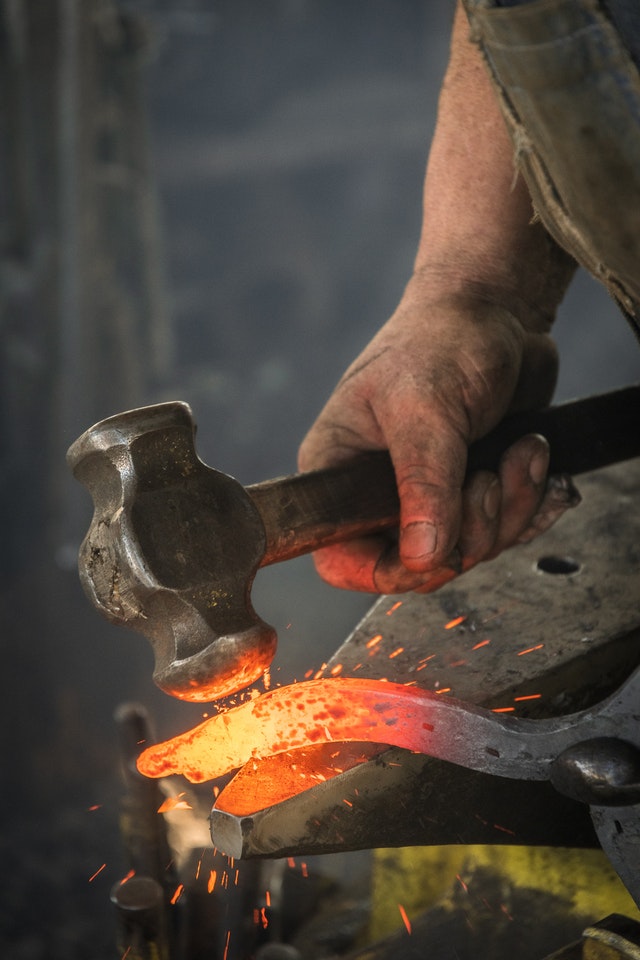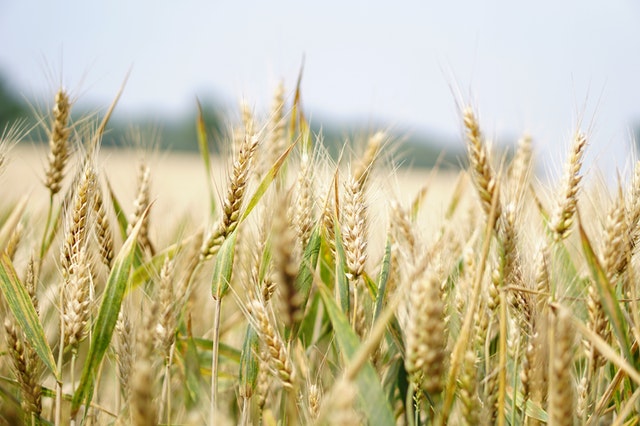Nation wide lockdown began on 25th March 2020. India is the second most populous country in the world after China. Adding on the large number of students and professionals who came back from different parts of the world. It is widely believed that lack of medical infrastructure and large concentrations of population in urban areas, will help COVID-19 infection spread rapidly. However, India has beaten all expectations and predictions till now. After setting up containment zones, the govt is now focusing on getting the wheels of the economy spinning again. The hands that power the machines of the world are playing a decisive role. The hands of workers.
Industrial complexes and large factories
Industrial complexes have integrated townships as part of salary package to the employees. For eg RCF Township in Mumbai provides residential complex and transport services for their employees. Such self contained factory complexes are best option to restart work as lockdown eases. Reliance refinery at Jamnagar started operations in 2013. It is the largest petroleum refinery complex in the world. Refinery provides employment to 2,500 skilled and unskilled workers staying within the township. States have created Special Economic Zones or SEZ which provide concessions and attractive incentives to bring industry to their states. This lockdown reinforces the concept that along with small scale industries and micro enterprise, the mega factories and industrial complexes are also beneficial to the country.

IT parks and services
Software engineers, CAs, management graduates, and just about anyone with the right set of skills form part of the services sector. Factories have workers with tools at their work stations. IT and services workers sit in cabins and cubicles in front of computers. Unlike in factories where a worker has to be present at his or her workstation, services need employees just to be connected to the cloud. People working in the services sector have continued working from home and kept pushing the wheels of economy. Tech giants and MNCs, like Microsoft, Google, TCS, Accenture, Symantec have their presence in several Indian cities.
E-commerce and online delivery services
Since the beginning of lock-down, Govt has permitted delivery of essential items like medicines, food and beverages, hygiene & sanitary items and fresh food. Shops belonging to essential category like grocery, milk booths, chemist shops have remained open during the lockdown period. Delivery teams of e-commerce firms like Amazon and Big Basket were doing rounds in cities and towns providing items at doorstep. Sale of rest of the items like mobile phones or clothing and accessories is still not permitted. As soon as the local shops open, this will follow too.

Invisible hands running the utilities
Power, gas, water-supply, hygiene and sanitation are essential utilities which has been running all throughout the lockdown period. Operators and technicians who have kept them running are at the forefront of the battle against COVID-19. Internet Service Providers, cellular companies and local broadband operators have made sure that even if the country is in lockdown and all its people home, they are always connected.

Transportation
India has a vast and extensive railway network and a growing airline industry. But the last mile connectivity is still provided by the small transport operators. Buses ferry people in cities as well as remote rural areas. Agriculture produce, good from SMEs & small business, daily utilities, raw material. Small transporters literally power the wheels of the economy. Right now because of the lockdown, taxis and buses are off the roads. They will play a major role once movement is eased.
Farming, horticulture, animal husbandry, fisheries & plantations
At the end of the first phase of lockdown, govt had eased norms for the small & unorganized sectors. With the 50% reduced employees working at one time rule enforced, govt had allowed work at places like tea plantations, poultry industry, and so on. States has begun asking these business to open and resume work. Agriculture related activities have also picked up in all states. This completes the hammer & sickle, the universal symbol of workers.
Let us all support the recovery of Indian economy.


addaa.in is your digital assistant to take an idea or brand online. We provide you with the dedicated accounts manager for social media. From hosting to content, we manage all your needs and tech assistance for hosting your website.
